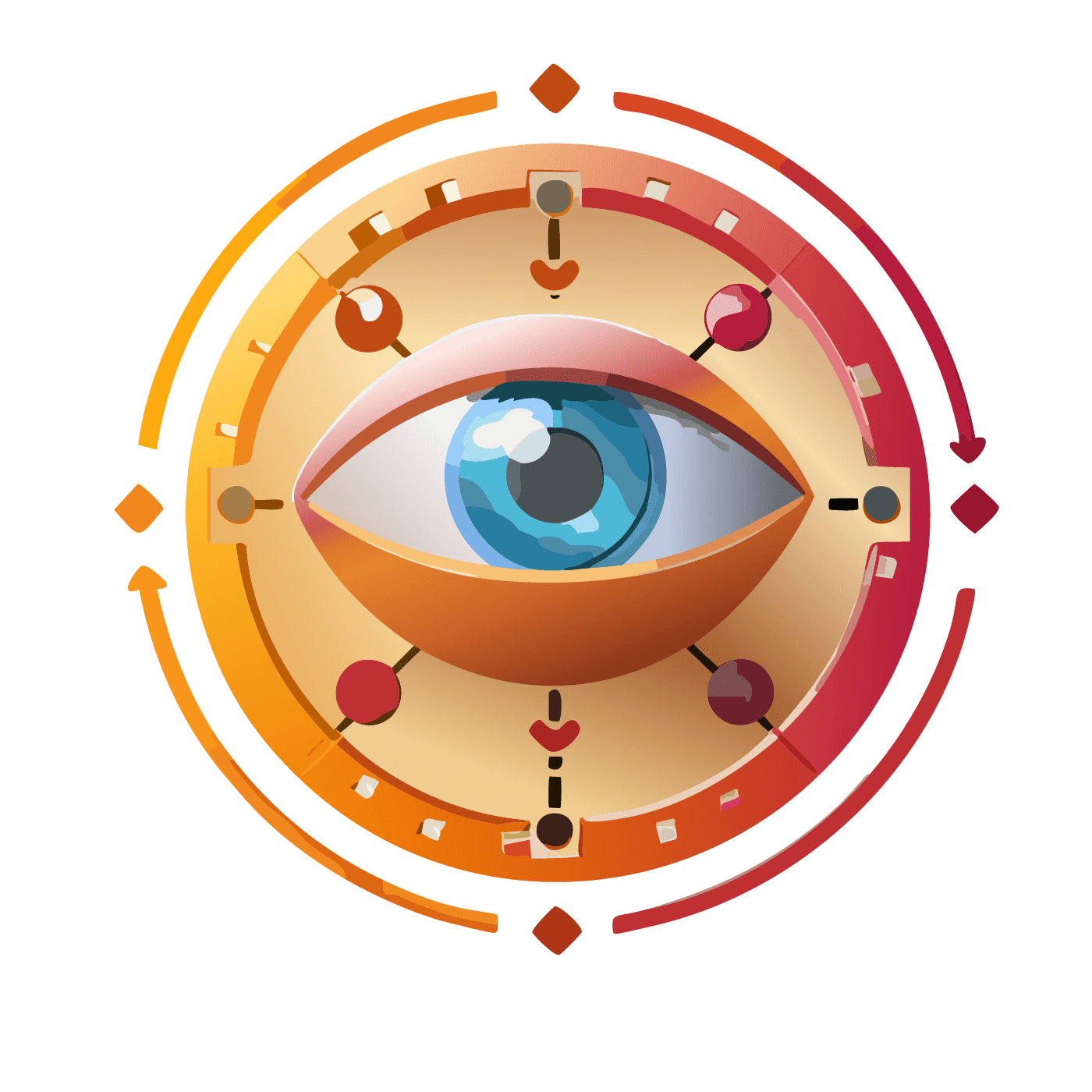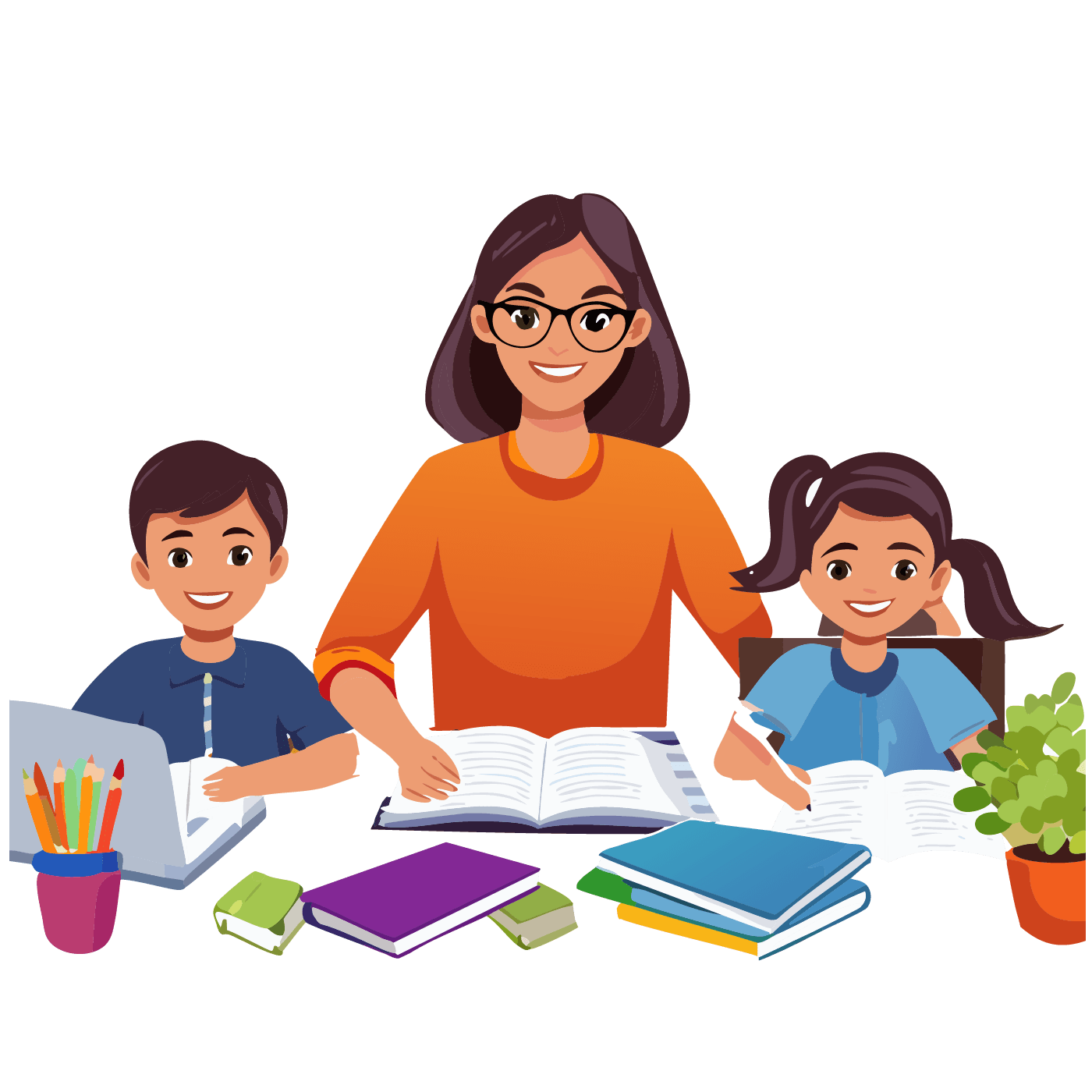Methods, Curriculum Types, and State Requirements
Visual Processing Disorder
Visual processing disorder (VPD) is a condition that makes it difficult to interpret visual information despite having a normal or sharp vision. It’s not a physical disability of the eye but rather a deficit in the brain’s ability to process visual input.

Visual Processing Disorder Does NOT have an Awareness Month
Visual Processing Disorder (VPD) has no Awareness Month or an Awareness Day.
What is Visual Processing Disorder?
Visual Processing Disorder (VPD) refers to difficulties in the brain’s ability to make sense of visual information. It’s not a problem with eyesight or how clearly a person sees but rather with how the brain interprets the information that the eyes see. VPD can affect a person’s ability to perform visual perception tasks, including recognizing shapes, understanding spatial relationships, and processing visual details.
Task and Assignment Tips for Students with VPD
For homeschooling a child with Visual Processing Disorder (VPD), tasks and assignments should be designed to reduce visual overload, encourage alternative processing strategies, and enhance comprehension. Here are some task modifications and strategies that can help.
Educational Tips
Communication
- Use Clear and Simple Language
- Be Direct: Use straightforward language. Avoid idioms, metaphors, or sarcasm, as they may be taken literally.
- Be Specific: Give clear instructions and expectations. Instead of saying “behave,” specify what behavior you expect (e.g., “Please sit quietly”).
- Provide Visual Supports
- Visual Aids: Use pictures, charts, or written instructions to complement verbal communication.
- Visual Schedules: Create a daily schedule with images to help students anticipate what comes next.
- Give Extra Processing Time
- Pause: After asking a question or giving instructions, give the student extra time to process the information before expecting a response.
- Repeat if Necessary: Rephrase the question or instruction if the student seems confused, but avoid overwhelming them with too much repetition.
- Be Consistent
- Routine: Maintain a consistent routine to help students feel secure and understand expectations.
- Consistency in Language: To avoid confusion, use the same phrases or words for the same instructions or concepts.
- Minimize Sensory Overload
- Calm Environment: Reduce background noise and distractions when communicating.
- Non-Verbal Cues: Be mindful of your tone of voice and body language, as students with autism may be sensitive to these cues.
- Use Positive Reinforcement
- Acknowledge Efforts: Offer praise and positive reinforcement when the student follows instructions or communicates effectively.
- Specific Praise: Be specific about what behavior or action you are praising.

Treating and Managing Visual Processing Disorder
Treating and managing Visual Processing Disorder (VPD) involves a combination of strategies that address the individual’s specific difficulties in processing visual information. Here are some common approaches that can be helpful in homeschooling and daily life.
VPD Behavioral Management
Managing behavioral challenges for a child with Visual Processing Disorder (VPD) often involves creating a supportive environment that accommodates their visual needs and reduces frustration. Here are strategies that can help with behavioral management.
Classroom Management for Students with VPD
Classroom management for students with autism requires thoughtful strategies to create a supportive and inclusive learning environment. Students with autism may have unique needs, and understanding these can help manage the classroom effectively.
VPD and the Public Education System
Visual Processing Disorder (VPD) can be challenging for students in public school systems, as it affects how visual information is interpreted rather than eyesight itself. Here’s how public schools generally handle VPD and how students with this disorder can be supported.

Questions, Concerns, or Comments
Whether you're just beginning your homeschooling journey or are a seasoned pro, we're so glad you're here. This group is a supportive space for families navigating diverse learning needs, offering curriculum suggestions, adaptive technology, teaching strategies, and practical methods to help your child learn, explore, and thrive.
We encourage engaging, helpful posts and ask that you keep promotions and links minimum. Many families are searching for free or affordable curriculum ideas and resources, and we're committed to helping you find them.
Whether your child is navigating autism, ADHD, dysgraphia, dyscalculia, dyslexia, anxiety, sensory processing differences, or is neurodivergent in any way, you're not alone. We're here to share, support, and grow together.
Welcome!





